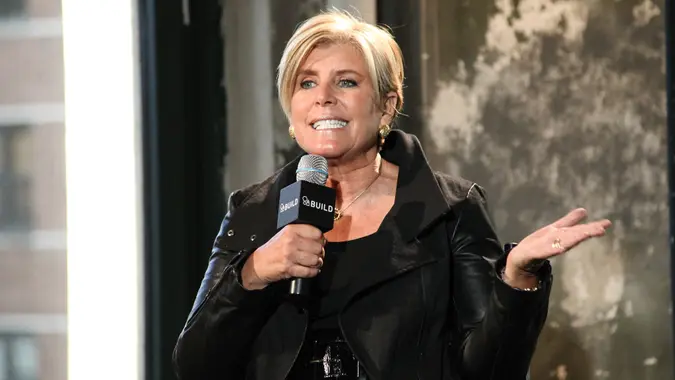The Labor Shortage May Not Be Because of Unwilling Workers — Here’s Why

Commitment to Our Readers
GOBankingRates' editorial team is committed to bringing you unbiased reviews and information. We use data-driven methodologies to evaluate financial products and services - our reviews and ratings are not influenced by advertisers. You can read more about our editorial guidelines and our products and services review methodology.

20 Years
Helping You Live Richer

Reviewed
by Experts

Trusted by
Millions of Readers
What if the main contributor to the United States’ labor shortage isn’t the “Great Resignation” — people willingly leaving the workforce to take some time away before one day returning — but the Great Retirement, in which people leave the workforce for good?
See: Why Is the US Short on Everything?Find: How to Refinance a Mortgage
That’s one of the key points in a recent research note from Goldman Sachs. According to that note, released Friday, more than two-thirds of Americans who have left the labor force during the COVID-19 pandemic are either at retirement age or closing in on it, Business Insider reported.
Goldman found that about five million people left the labor force during the pandemic. Of those, 3.4 million are over 55 years old. About 1.5 million were early retirements and another one million were normal retirements. According to the research note, the latter two groups “likely won’t reverse” their decisions to leave employment behind, which means that around half of those who left the labor force won’t be going back.
The pandemic played a big role in a spike in early retirements in the U.S., according to an August report from the Federal Reserve Bank of Kansas City. It found that the share of retirees during the pandemic rose much faster than normal, mainly because fewer people are moving from retirement back into employment due to health risks.
See: Social Security Trend — Stimulus Money Allowed Seniors to Retire Early and Receive Full BenefitsFind: Starbucks & Costco Announce Wage Raises Amid Continued Labor Market Crisis
“If the retirement share had risen at its 2010-20 pace, the number of retirees would have increased by 1.5 million during the pandemic,” the Fed report said. “Instead, the number of retirees increased by 3.6 million.”
The fact that so many retirees seem content to leave the workforce behind permanently presents another challenge to employers who are having a hard enough time finding workers in an economy that saw a record 4.4 million Americans quit their jobs in September. As GOBankingRates recently reported, the labor market is so tight that many employers have no choice but to recruit already-retired workers to come back and help out.
More From GOBankingRates
 Written by
Written by  Edited by
Edited by 

























